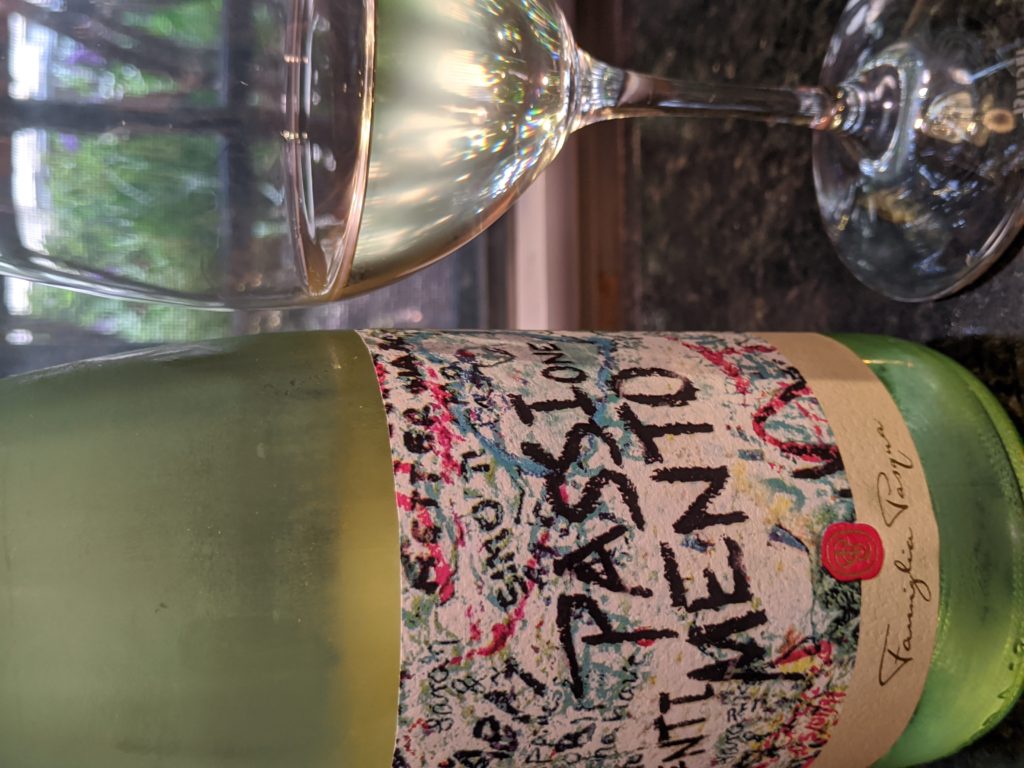
In January 2017, I had the immense pleasure of visiting Verona. “In fair Verona, where we lay our scene,” I found a lovely and welcoming city with bustling shops, beckoning restaurants and majestic bridges. Starting at the imposing Bra Gate, the city’s cobble-stone streets put you in mind of another time, reinforced as you pass the Roman amphitheater. Other hints of this classical connection include the Porta Borsari, an ancient Roman gate still standing in the middle of town.
In many ways, this is the city of love. Nearly synonymous with the tragic story of Romeo and Juliet, visitors are encouraged to tour Juliet’s house and tomb as well as send her letters in aid of their own romantic peccadillos. But, despite the gimmicky feel to these attractions, there is something about Verona that stirs the romance within. Or, perhaps, at least, the romance of life and adventure.
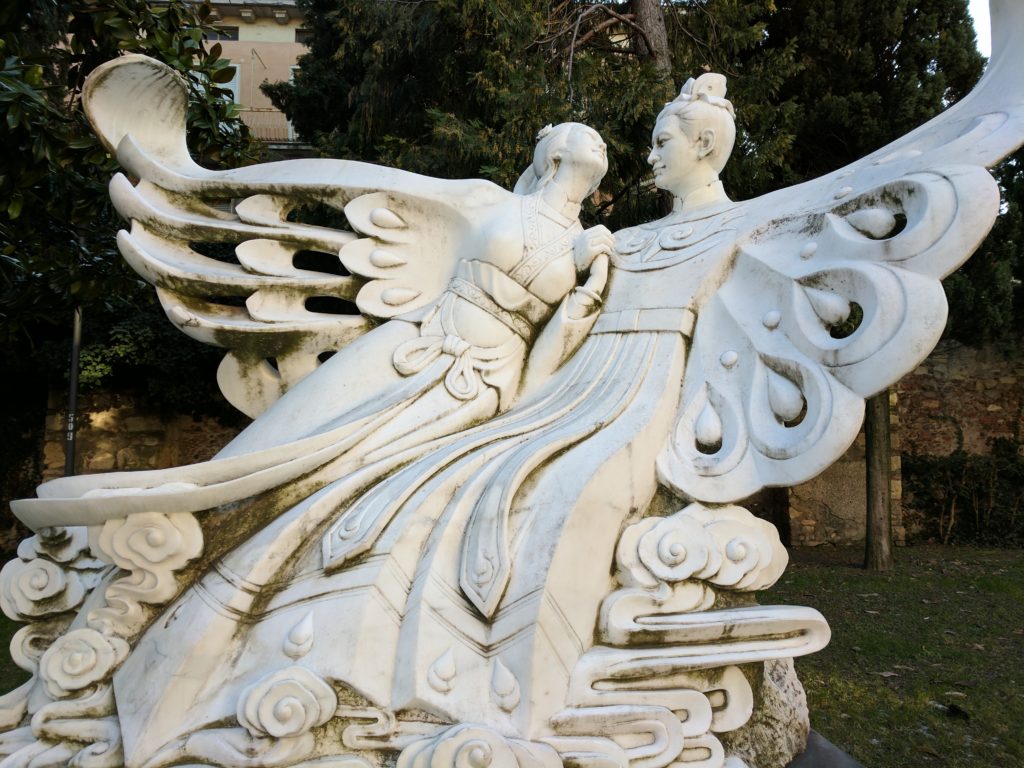
Aside from romantic love, Verona also courts business – specifically the business of wine. Home to VinItaly, Verona hosts the largest wine fair in the world, bringing the world of wine to its door each year. Moreover, Verona serves as a gateway to the Valpolicella wine region, the name of which translates as the “valley of many cellars” and with the profusion of wine production here, it is easy to see why.
An area dedicated to viticulture, local archeological evidence of these vines dates to 40 million years ago, while records of wine production in the Veneto area indicate a history as early as the 5th century BCE. The region is bound by Lake Garda and the Adige River, both of which influence the climate among the nearly 20,000 acres of vineyards.
Today, the region encompasses several different wines within its borders, but traditionally has been associated with wines produced from dried grapes. These type of wines appear to have been developed from the fourth century BCE, likely a way for the Romans to raise the alcohol level of their wines, rendering them more stable and thus more easily transported throughout their empire.
While the Romans dried their grapes over heat, more modern measures focus on drying out the grapes over a period of months through a more natural reduction in water content called appassimento. Today, the wines most well known for this type of production method is Amarone della Valpolicella.

Hailing from this region and adapting this traditional approach, the Pasqua family has focused on producing a less expensive option in both red and white. They use a modified appassimento technique in which the grapes lose “only” 15-30% volume as opposed to the 60% associated with Amarone. The family launched their Romeo & Juliet PassioneSentimento (Passion-Feeling) in 2014.
Not ones to worry about convention, Alessandro Pasqua proudly declares that “The Rosso breaks about 10 rules!” including its use of the non-indigenous Merlot grape, early vinification and a limited aging regimen. Accordingly, neither of these wines have a particular designation other than IGT Veneto, proclaiming that the wines come from the Veneto region.
Befitting a wine named Passion-Feeling, the label features the love-inspired graffiti that lined the passageway and walls (now since removed) at the house associated as having been the Capulet’s home.
Pasqua’s PassioneSentimento collection includes a white, red and a Prosecco, another wine closely associated with the region.
Among its other wines, the Pasqua Family also produces a an “11 Minutes Rosé ,” which, according to their winemaker is the ideal length of time for contact between the juice and skins to produce this wine. While not part of the PassioneSentimento series, this rose recalls another set of lovers: Catullus and Lesbia, with her depicted on the label.
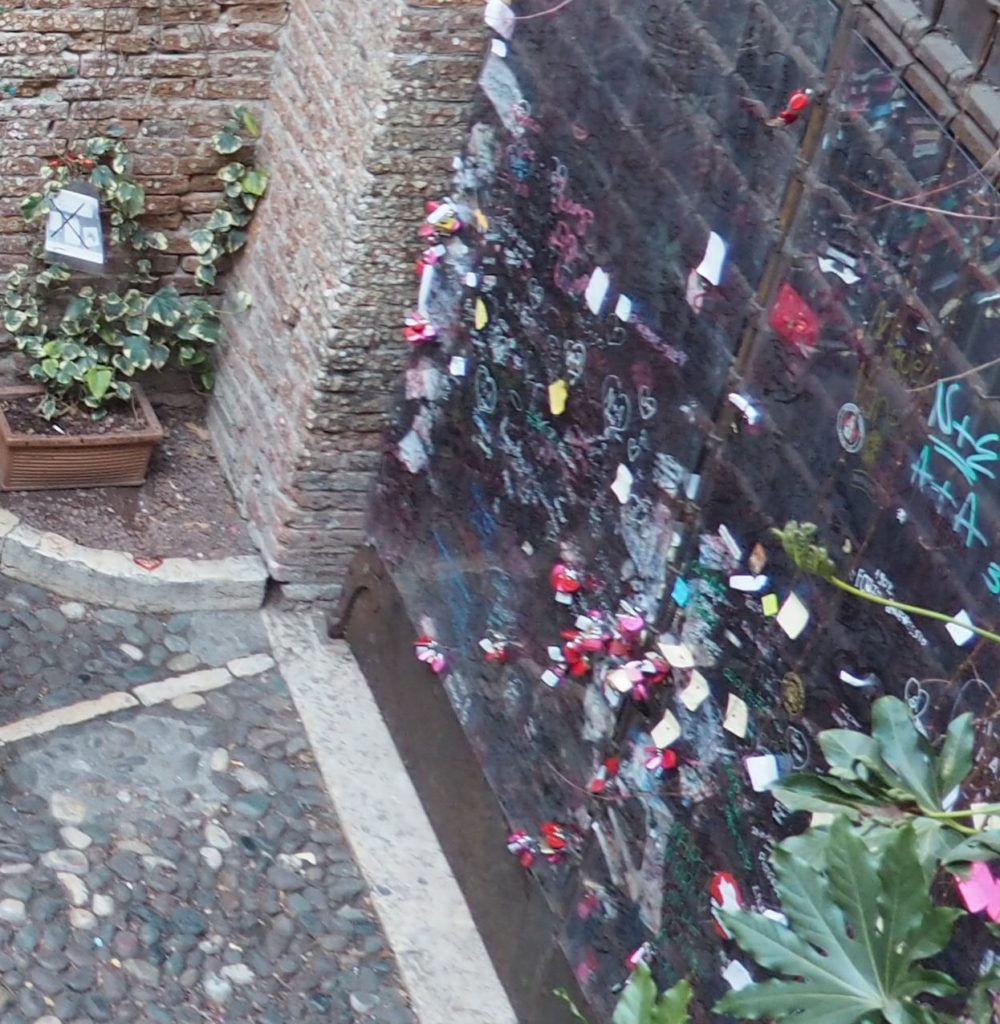
The graffiti wall at the Capulet home in Verona.
TASTING NOTES
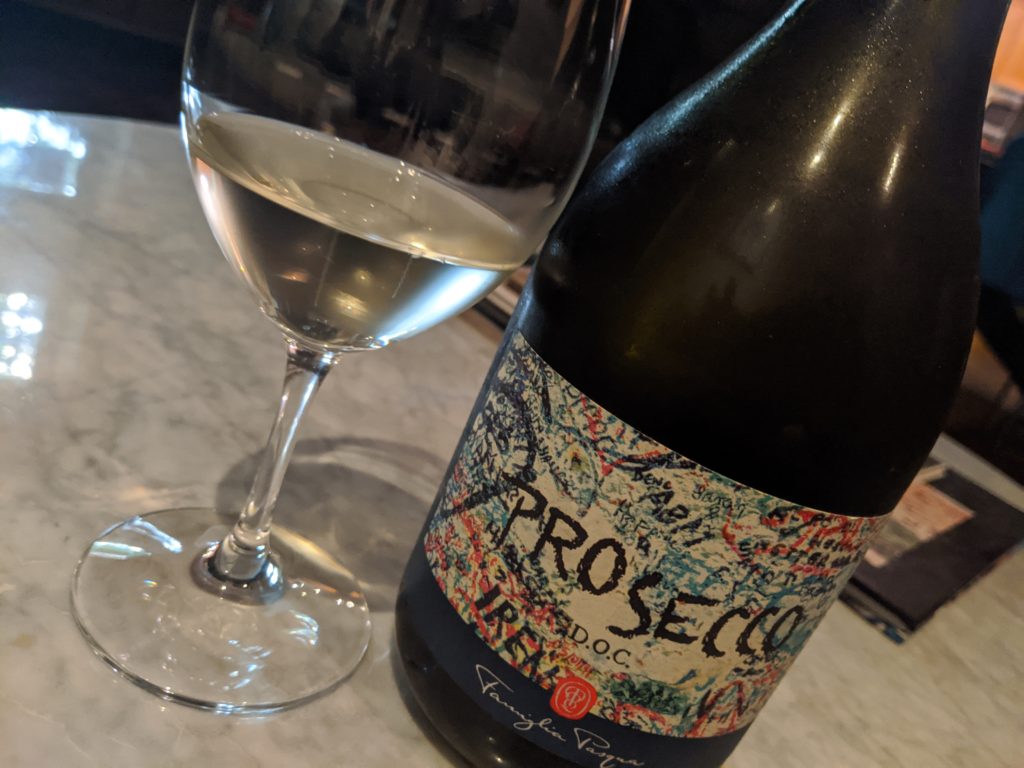
Romeo & Juliet PassioneSentimento Prosecco Brut, Treviso DOC, $16 SRP
Fresh and lively on the nose and palate, with bright pear fruit and floral notes, persistent effervescence and long length.
Romeo & Juliet PassioneSentimento Bianco 2018, Veneto IGT, $16 SRP
Produced from 100% Garganega, the grapes for this wine are harvested early, hand-picked and then dried for around 15 days, thereby concentrating the aromas and flavors. A portion is aged in French oak barrels for a few months. With an intense, concentrated nose, one is greeted with notes of melon, musk and a slight nuttiness. On the palate, it is dry, with high acidity, rich and round with citrus, melon, culminating in long length.
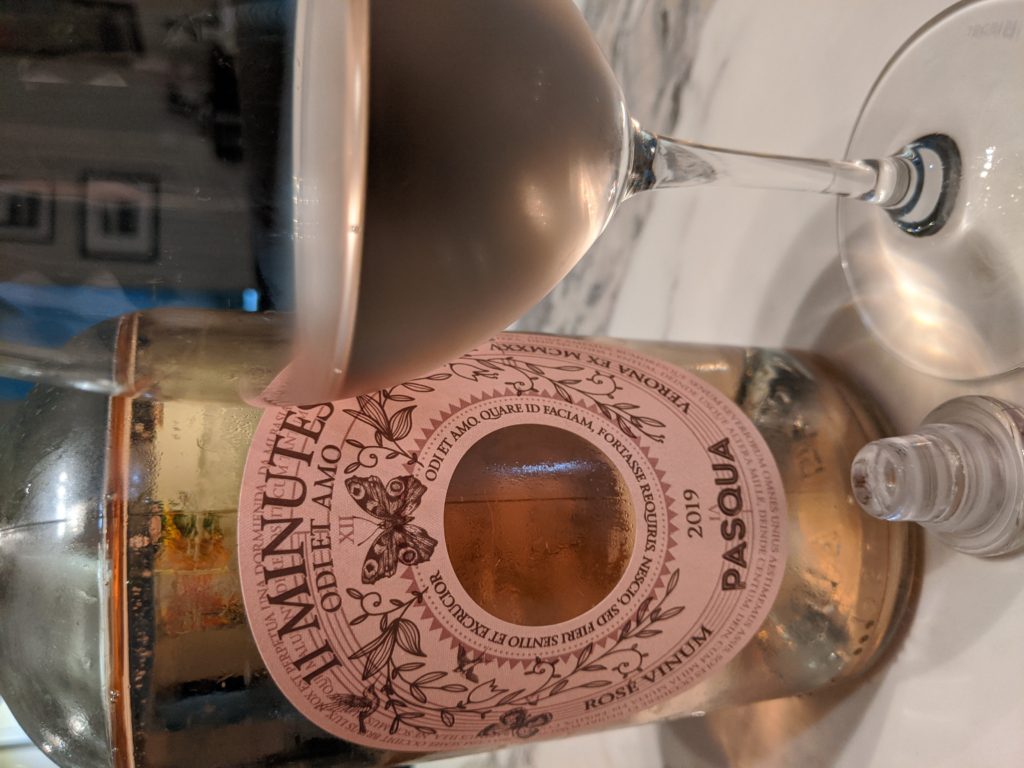
Pasqua “11 Minutes” Rosé TreVenezie IGT, $20 SRP
This rose is very much in the Provencal style, with a barely there pale salmon color. Aromas of watermelon and strawberries greet the nose and continue on the palate, with good acidity, medium body and long length. Very refreshing and food friendly.
Romeo & Juliet PassioneSentimento Rosso 2017, Veneto IGT, $16 SRP
A blend of 40% Merlot, 30% Corvina and 30% Croatina, the grapes are left to dry for four to six weeks, losing water content over time. On the nose, this wine offers up notes of plum, cherries, a hint of vanilla and menthol. The palate is dry, but with a slightly sweet attack, with medium acidity, medium tannins, flavors of berries, baking spice and anise, with long length.
